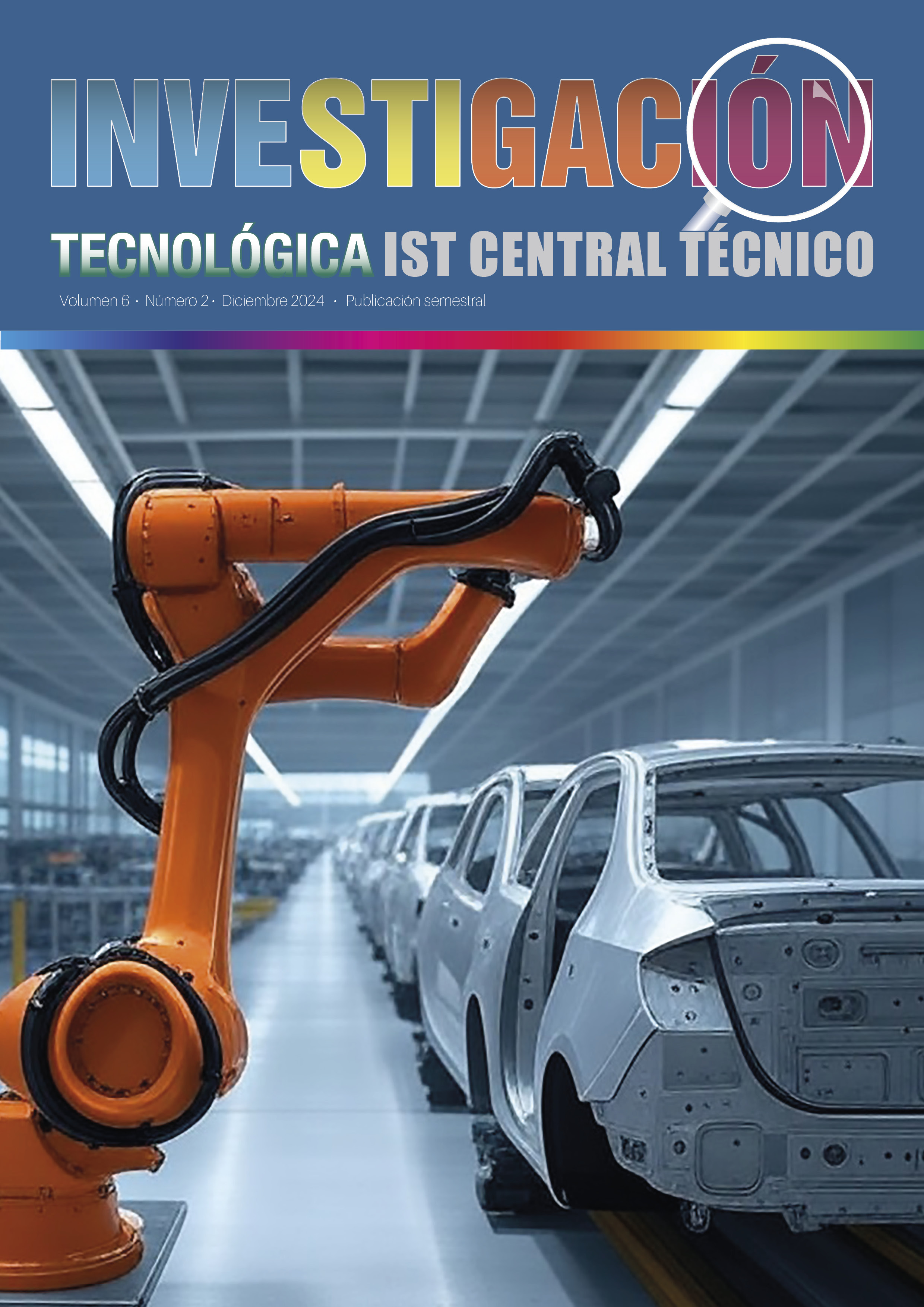Un ESPAÑOL
DOI:
https://doi.org/10.70998/itistct.v6i2.176Keywords:
Ceniza de arroz, polietileno, papel, costo, producciónAbstract
The environmental impact produced in Ecuador is basically due to the poor processing of solid waste composed of inorganic materials such as: Polyethylene Terephthalate (PET), recycled paper and rice husks, which will be used as inputs in the manufacture of bio-blocks of 15x20x40 cm, with 27x32 mm cells, E type. The documentary, explanatory, qualitative and quantitative research methodology was applied, which provided results that establish the feasibility of the construction of the bio-block, overcoming physical and mechanical tests, by complying with the compressive strength established in the INEN 634 Standard (2014). In addition, the cost benefit achieved with respect to a commercial block of the same dimensions presents gains in scale production. In the cost benefit analysis of the unit production of the commercial block (sand, cement, gravel, water) 0.211 USD. Polyethylene Terephthalate (PET) was used at 15%, cement at 85%, production cost of 0.192 USD. Rice husk ash (crystallization-silica), 20%, sand at 80%, lowering the production cost to 0.197 USD. Recycled paper was also used at 5%, decreasing the use of sand to 95%, with a production cost of 0.208 USD. Comparing the above production costs with the cost of the actual block, it is established 8.57% (PET), 6.19% (rice husk ash) and 0.95% (paper) of savings in the construction of the bio-block.
References
Alvarado, A., Torres, J., & Valle, A. (2021). Prototipo de bloque con base en materiales reciclados para el desarrollo de la construcción sostenible. Revista Científica Camino de las Ciencias, 291-303.
Almengor, A., Gutiérrez, N., Moreno, J., & Caballero, K. (2017). Reciclaje de materiales para la elaboración de bloques bioamigables. Revista académicas UTP, 82-87.
Demera, S., & Romero, B. (2018). Evaluación de los residuos de cascarilla de arroz (Oryza sativa L.) como agregado en bloques para la construcción. Manabí: Calceta: ESPAM.
Ganchozo, C., & Zambrano, G. (2017). Aprovechamiento de la cascarilla de arroz y plástico PET en la fabricación de Eco-Bloques en la ESPAM MFL. Manabí.
Hernández, Fernández, & Baptista. (2016). Prototipo de bloque con base en materiales reciclados para el desarrollo de la.
Manchola, Bernal, & Castro. (2018). Prototipo de bloque con base en materiales reciclados.
Miranda, E. (Dirección). (2021). Molde, mezcla y cantidad de bloques por bolsa de cemento/mod, and number of blocks per bag [Película].
NTE.INEN.638. (2018). Bloques huecos de hormigón, definiciones, clasificación y condiciones generales. Quito: Instituto Nacional Ecuatoriano de Normalización.
Pérez, M., & Ruiz, R. (2009). Reciclaje del PET: una alternativa viable.
Polo del Conocimiento. (2021). Aprovechamiento de la cascarilla de arroz (Oryza sativa) para obtención de fibras de celulosa. POLO DEL CONOCIMIENTO, 5.
Prada, A., & Cortés, C. (2010). La descomposición térmica de la cascarilla de arroz: una alternativa de aprovechamiento integral. Scielo, 2.
Saldaña, J., Rosales, J., & Muñoz, A. (2016). Reutilización de papel reciclado en la producción de materiales de construcción aislante térmico y acústico. Revista de Investigación y Desarrollo, 68-74.
Salgado, M. (28 de julio de 2018). El 56% de los residuos que se reciclan en la capital es de cartón. El Telégrafo El Decano Digital, pág. 1.
Sánchez, J., Guerrero, F., Cerna, R., & Gonzales, K. (2018). Ladrillo ecológico elaborando con papel reciclado: costo y propiedades físico-mecánicas. Conocimiento del desarrollo, 29-34.

Downloads
Published
How to Cite
Issue
Section
License
Copyright (c) 2024 LENIN DANIEL VALDIVIESO SIMBA

This work is licensed under a Creative Commons Attribution-NonCommercial 4.0 International License.
COPYRIGHT
The ISTCT Technological Research journal is an Open Access publication, whose contents are disseminated under a Creative Commons Attribution-Non-Commercial license (CC-BY NC 4.0 International). All articles published in the ISTCT Technological Research journal are published in Open Access and are available online for free immediately after publication.
This journal provides metadata for third-party indexing services through the open files initiative.
The ISTCT Technological Research journal recognizes and respects the moral rights of the authors, as well as the ownership of the patrimonial right, which will be transferred non-exclusively to the journal to allow its legal dissemination in Open Access.
The ISTCT Technological Research journal does not reserve the rights to publish articles. Authors may distribute their own material in any other medium or medium, as long as it is for non-commercial purposes, informing the editors that the work will be published again and giving the corresponding credit to the ISTCT Technological Research journal.
Authors can make other independent and additional contractual agreements for the distribution of the article published in this journal (e.g., include it in an institutional repository or publish it in a book) as long as they clearly indicate that the work was published for the first time in "ISTCT Technological Research Magazine". In the case of reproduction, a note similar to the following must be included:
"This text was originally published in REVISTA DE INVESTIGACIÓN TECNOLÓGICA ISTCT N ° -, section -----, number of pages, year of publication."
Authors are recommended to publish their work on the Internet (for example on institutional or personal pages) in the final version published by REVISTA DE INVESTIGACIÓN TECNOLÓGICA ISTCT, as it may lead to a greater and faster dissemination of the published work (see The Effect of Open Access).
The publications in this magazine, due to their free nature, do not entitle the authors to any financial remuneration.


